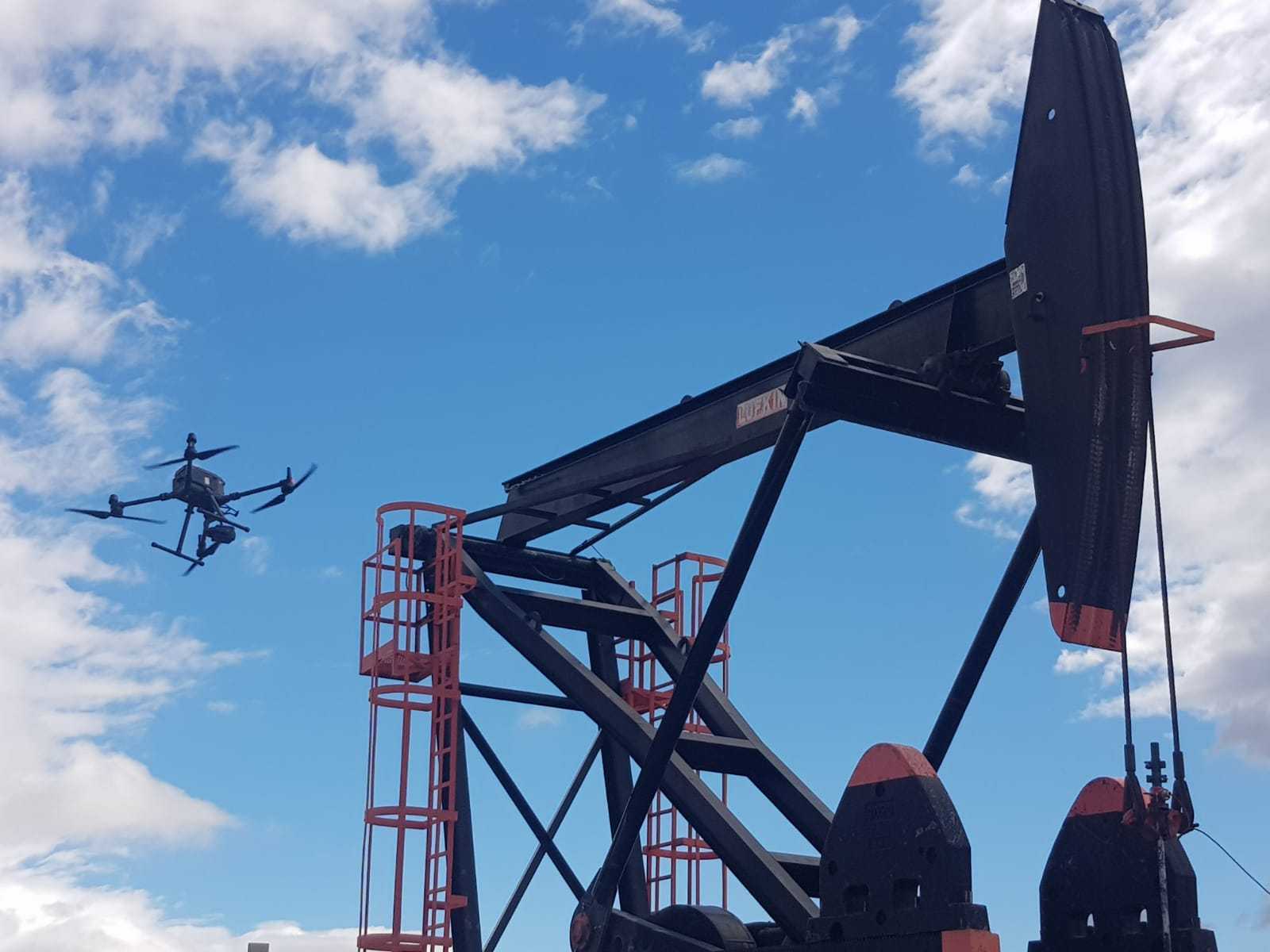News
Climate Economy: Technology as a Driver of the Green Transition
The global economy faces the great challenge of transitioning towards a sustainable model that reduces greenhouse gas emissions and mitigates the impacts of climate change. In this context, technology emerges as a key driver to drive the green transition, offering innovative solutions that allow industries to reduce their carbon footprint, optimize processes and improve operational efficiency.

Climate economics refers to an economic system that integrates environmental sustainability into its principles and practices. It involves the adoption of technologies and policies that minimize the environmental impact of economic activities, promoting the efficient use of resources and the reduction of greenhouse gas emissions
Agents and Protagonists of the Climate Economy
- Governments and Regulators: Implement environmental policies and regulations, establishing standards for emissions reduction and promoting incentives for the use of sustainable technologies.
- Companies and Corporations: Adopt advanced technologies to improve operational efficiency and reduce their carbon footprint. Companies like UALI lead with innovative solutions in monitoring and quantifying emissions. -** Financial Institutions:** They offer financing and support for sustainable projects, investing in green technologies and promoting the climate economy through funds and loans.
- Non-Governmental Organizations (NGOs) and Advocacy Groups: Advocate for sustainable policies and collaborate with governments and companies to promote responsible environmental practices. - Communities and Civil Society: They actively participate in the adoption of sustainable practices and demand environmental responsibility from companies and governments.
Key Technologies in the Climate Economy
- Drones and Advanced Sensors: They allow the detection and precise quantification of greenhouse gas emissions, such as methane. They facilitate the implementation of corrective and preventive measures to reduce fugitive emissions and control emissions.
- Automation and Digitalization: They improve the energy efficiency of industrial processes, reducing resource consumption and associated emissions.
- Remote Monitoring and Real-Time Data Analysis: Provide accurate and timely data, allowing faster decision making based on reliable information.
Economic and Environmental Benefits
The implementation of advanced technologies in the climate economy not only contributes to environmental sustainability, but also offers significant economic benefits such as reduced travel and optimization of processes, which result in reduced operating costs. The ability to detect and quantify emissions also helps companies comply with environmental regulations, avoiding penalties and improving their corporate reputation. Furthermore, companies that adopt advanced technologies position themselves as leaders in innovation and sustainability, improving their competitiveness in the global market.
At Uali we combine robotics, IoT and artificial intelligence, providing precise and actionable data to the energy industry to facilitate decision-making in the care of its most relevant assets and thus generating a positive environmental impact. Get to know us!
Amelia Bálsamo
CTO


